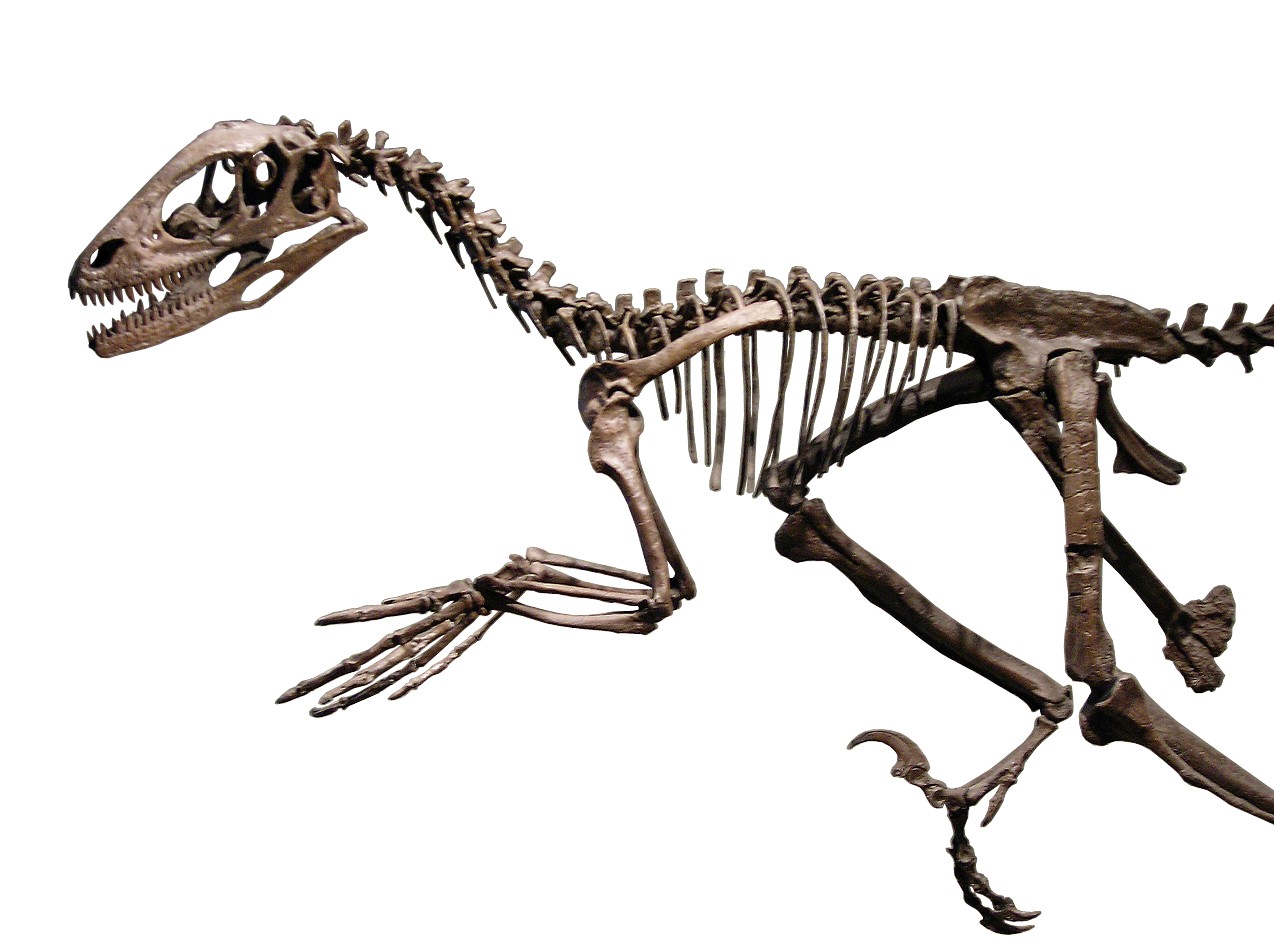A new study by Vera Ludwig of Humboldt-Universität zu Berlin and Ikuma Adachi and Tetsuro Matsuzawa from Kyoto University suggests that chimpanzees can be synesthetes. If true, this implies that synethesia predates the evolutionary split between humans and chimpanzees, about six million years ago.
Synesthesia is a cross-firing of the senses. For example, a person may perceive particular digits to have specific colors, sounds, shapes or even personalities. Although only about 1% of the population identify as synesthetes, most people display mild symptoms of the condition. For example, people tend to associate high-pitched tones with light colors and low-pitched tones with dark colors.
Ludwig and her team gave 33 humans and 6 chimps touchscreens and asked them to select a large square that was the same color (black or white) as a small indicator square. The apes were given fruit treats for correct answers. It’s not clear what the human subjects were given.
As each new set of squares appeared, either a high tone or a low tone was played. Although all the participants did extremely well, humans and chimps were quicker at picking the right square when the sound matched the color. In the video below, you can see the chimp hesitate briefly before picking the correct black square when a high tone is played.
Is this really synesthesia? Some researchers, such as Danko Nikolic, at the Max Planck Institute are skeptical. I have to agree with him. I think it would only truly be an example of synesthesia if the subjects heard a high tone when presented with a white square even if no sound was actually playing, something that would be exceedingly difficult to test in chimps.















